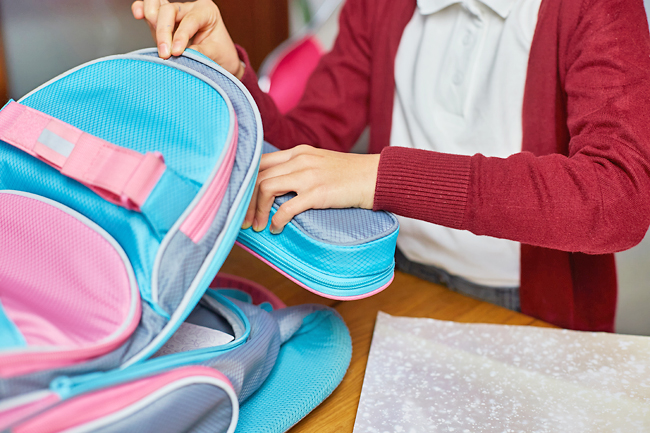ANN/THE STAR – Seeing a young student struggling with a heavy school bag can be distressing for parents.
“School bags are often too heavy,” said pediatric orthopedist Nicole Wittmann. The problem is challenging to avoid. Wittmann recommended that a school bag should weigh no more than 10 per cent of the child’s body weight. “For a child weighing 25 kilograms, that means the bag should be 2.5 kilogrammes (kg),” she explained.
The catch? The empty bag alone can weigh 1.5kg. In theory this means there’s one kg left, which isn’t much considering books, snacks and drinking bottle.
LEAVE UNNECESSARY THINGS AT HOME
But with some clever organising, the load that a child’s back has to carry can be reduced a little. “It’s important to put only what is needed in the bag,” said Wittmann.
If a subject is not on the timetable that day, the textbook for that class can stay home.
Alternatively, ask your kid to leave the book at school if it’s not needed for homework.
”Of course, parents first have to teach their children not to constantly drag everything back and forth,” said Wittmann. You can make this a daily ritual – briefly sitting down together and going through what the child needs for school and what not.
Heavy books should be packed in a way that they are as close as possible to the spine.
The further away heavier objects are from the back, the greater the leverage effect that pulls backwards and thus puts a strain on the back, according to a German health campaign.
Pick a bag that can be adjusted so that the load is distributed evenly on both shoulders. We know it looks much cooler, but carrying the school bag over one shoulder is a no-go, as are straps of different lengths.
A school bag should fit snugly on the back, consumer advisors say, with the shoulders and upper edge of the bag ideally forming a line.






